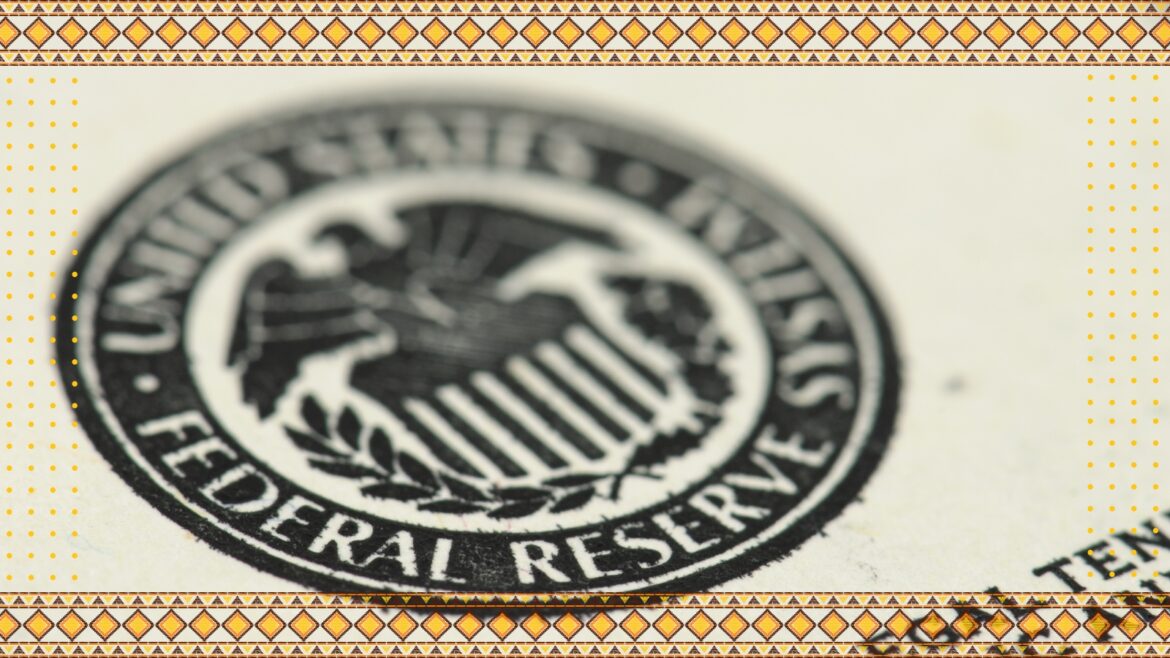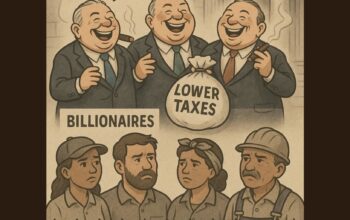By Piero Cingari
Back in March 2022, the Federal Reserve embarked on an unprecedented interest rate hiking cycle, aiming to quell a four-decade inflation surge.
After 15 months of relentless interest-rate tightening, the U.S. central bank finds itself at a critical juncture. Will it simply hit the pause button, intending to resume tightening again in the near future? Or is this a definitive end to the Fed’s hiking cycle, marking a new chapter in monetary policy?
The outcome of the FOMC meeting on June 14-15 holds significant implications for markets and the broader economy going forward.
Until a couple of weeks ago, investors were pricing in over 200 basis points of cuts between now and the November 2024 elections, but these optimistic expectations have recently been drastically revised.
The unexpected rate hikes by the Bank of Canada and the Reserve Bank of Australia have been a reminder by global central banks that the fight against inflation is still far from over.
This has triggered a cautious repricing of U.S. Treasury yields, with the two-year yield jumping 20 basis points in June. The iShares 1-3 Year Treasury Bond ETF (NYSE:SHY) has fallen 1.2% in the past month, reflecting expectations of further tightening by the bond market.
However, while bond investors anticipate a pause in the upcoming June meeting, they foresee potential rate hikes resuming as early as July.
According to the latest CME Group FedWatch tool, traders give the Fed a 76% likelihood of keeping rates constant in June, but a 73.5% chance of raising them in July.
The reason the Fed is expected to delay another rate hike in June is to have more time to determine if the recent decline in inflation is indicative of a longer-term trend.
The Federal Reserve has accomplished a remarkable feat thus far, exceeding all expectations from the previous year. The labor market has shown strength and avoided unsustainable wage pressures, while the economy has averted the highly anticipated recession, with inflation dropping faster than expected. Despite stubbornly high mortgage rates, the housing market has also held up well.
The Fed now faces a delicate balancing act of maintaining stable interest rates above the current inflation level to alleviate price pressures without excessively impacting the economy.
“Holding is really a test of the dynamics of the market,” according to Doug Duncan, chief economist at housing financier Fannie Mae. “You’re not changing the backdrop, you’re waiting to see what things are in motion and how they are going to mature,” the expert said.
The objective has been to find a level of rates that slows down the economy without jeopardizing it, explained Tim Duy, chief U.S. economist at SGH Macro Advisors. But determining that precise level remains uncertain.
Source: Published without changes from Zenger News



